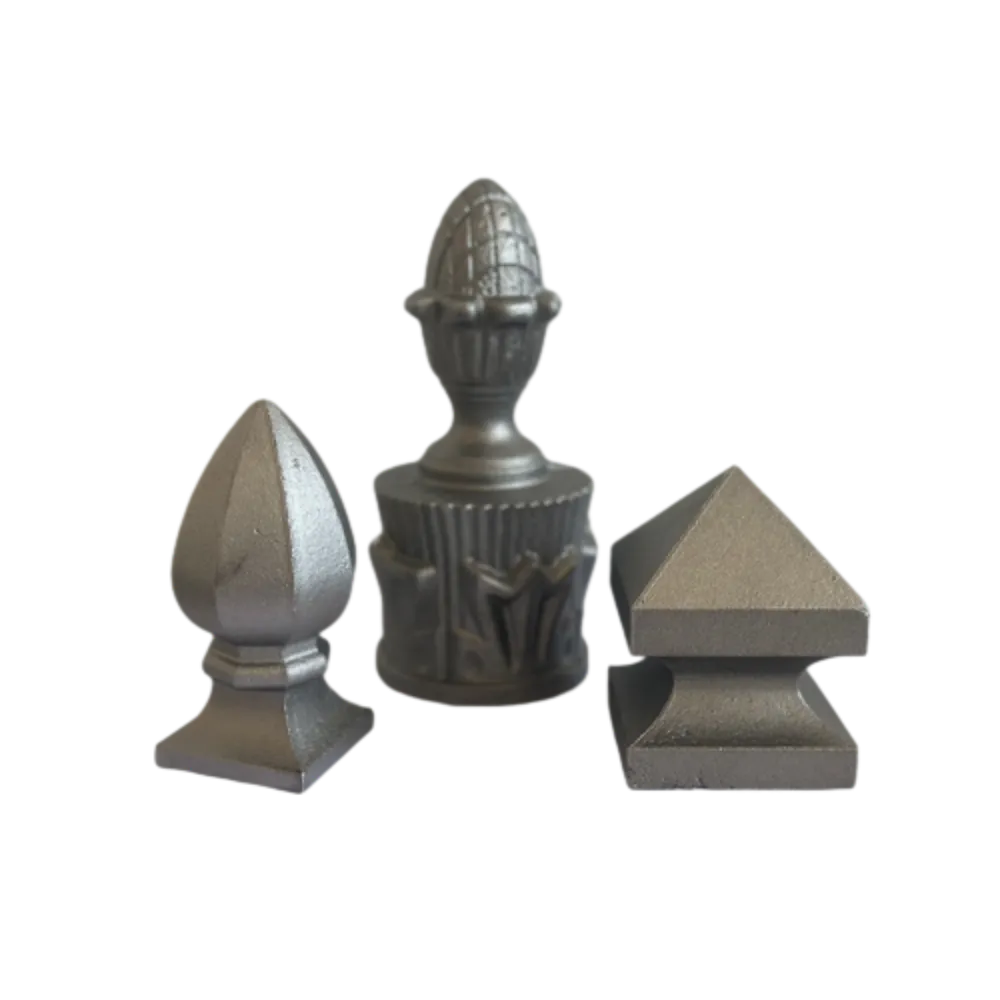cast iron post
The Enduring Appeal of Cast Iron Posts
Cast iron, a material known for its durability and aesthetic appeal, has found a significant place in architecture and construction, notably in the form of cast iron posts. These posts, once a hallmark of Victorian and Edwardian architecture, are now making a resurgence as designers and homeowners recognize their unique charm and functionality. In this article, we delve into the history, benefits, and contemporary uses of cast iron posts, illustrating why they remain relevant in today’s construction landscape.
A Brief History
Cast iron began to gain popularity in the late 18th century during the industrial revolution. Its strength, combined with the ability to be cast into intricate shapes, made it an ideal material for both structural and decorative applications. Cast iron posts were widely used in urban settings—supporting awnings, balconies, railings, and even entire buildings. Their presence symbolized modernity and industrial prowess, contributing to the iconic skyline of cities like London and Paris.
By the 19th century, cast iron posts were integral to public spaces and commercial buildings. Their ornate designs, often characterized by elaborate scrollwork and geometric patterns, were a testament to Victorian craftsmanship. However, with the advent of steel and reinforced concrete, the popularity of cast iron began to wane, leading to a decline in its use in construction.
Resurgence in Popularity
Recently, there has been a revival of interest in cast iron posts, driven by a renewed appreciation for historical aesthetics and sustainable building practices. Architects and builders are increasingly incorporating cast iron into their designs, seeking to evoke a sense of nostalgia while ensuring structural integrity. The preservation of historical buildings has also played a role in this resurgence, with many projects focused on restoring original cast iron features.
Moreover, as homeowners become more invested in creating unique and character-rich spaces, the demand for decorative elements like cast iron posts has risen. Their ability to blend seamlessly with various architectural styles—from traditional to contemporary—has made them a sought-after feature in outdoor designs, such as gardens, patios, and entryways.
Benefits of Cast Iron Posts
cast iron post

Cast iron posts offer numerous advantages that contribute to their growing popularity. First and foremost, they are incredibly durable. Unlike other materials that may degrade over time, cast iron is resistant to rust and corrosion, making it an ideal choice for both indoor and outdoor applications. With proper care—such as regular painting and maintenance—a cast iron post can last for decades, if not longer.
Additionally, cast iron posts are highly versatile. They can be used to support structures, provide safety barriers, or serve purely as decorative elements. The ability to cast iron into various shapes allows for unlimited creativity in design, enabling architects to realize their artistic visions without compromising structural integrity.
From a practical standpoint, cast iron posts are also cost-effective in the long run. While the initial investment may be higher compared to other materials, their longevity and low maintenance requirements often result in lower total costs over time. This makes them an attractive option for both commercial and residential projects.
Contemporary Applications
In modern construction, cast iron posts are being used in a variety of innovative ways. Many urban developers are incorporating them into new builds to maintain a sense of continuity with their historic surroundings. Likewise, homeowners looking to enhance their outdoor spaces are using cast iron posts as supports for pergolas, garden trellises, and fencing—adding an elegant touch to their properties.
In public spaces, cast iron posts are often utilized in parks and plazas, serving both functional and decorative purposes. They can be seen as lamp posts, signage supports, or barriers delineating pathways, showcasing the material’s versatility while enhancing the overall aesthetic of the space.
Conclusion
The allure of cast iron posts lies not only in their historical significance but also in their practical benefits and aesthetic versatility. As the architectural landscape continues to evolve, cast iron remains a timeless choice for those looking to blend the past with the present. Whether used in the restoration of historical buildings or in modern residential designs, cast iron posts are poised to retain their place in the hearts and minds of architects, builders, and homeowners alike. Their enduring charm and practicality make them an indispensable element of architectural expression. As we look to the future, the cast iron post undoubtedly stands as a symbol of resilience, artistry, and timeless design.
-
Wrought Iron Components: Timeless Elegance and Structural StrengthNewsJul.28,2025
-
Window Hardware Essentials: Rollers, Handles, and Locking SolutionsNewsJul.28,2025
-
Small Agricultural Processing Machines: Corn Threshers, Cassava Chippers, Grain Peelers & Chaff CuttersNewsJul.28,2025
-
Sliding Rollers: Smooth, Silent, and Built to LastNewsJul.28,2025
-
Cast Iron Stoves: Timeless Heating with Modern EfficiencyNewsJul.28,2025
-
Cast Iron Pipe and Fitting: Durable, Fire-Resistant Solutions for Plumbing and DrainageNewsJul.28,2025
-
 Wrought Iron Components: Timeless Elegance and Structural StrengthJul-28-2025Wrought Iron Components: Timeless Elegance and Structural Strength
Wrought Iron Components: Timeless Elegance and Structural StrengthJul-28-2025Wrought Iron Components: Timeless Elegance and Structural Strength -
 Window Hardware Essentials: Rollers, Handles, and Locking SolutionsJul-28-2025Window Hardware Essentials: Rollers, Handles, and Locking Solutions
Window Hardware Essentials: Rollers, Handles, and Locking SolutionsJul-28-2025Window Hardware Essentials: Rollers, Handles, and Locking Solutions -
 Small Agricultural Processing Machines: Corn Threshers, Cassava Chippers, Grain Peelers & Chaff CuttersJul-28-2025Small Agricultural Processing Machines: Corn Threshers, Cassava Chippers, Grain Peelers & Chaff Cutters
Small Agricultural Processing Machines: Corn Threshers, Cassava Chippers, Grain Peelers & Chaff CuttersJul-28-2025Small Agricultural Processing Machines: Corn Threshers, Cassava Chippers, Grain Peelers & Chaff Cutters












